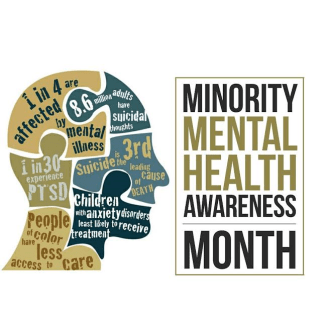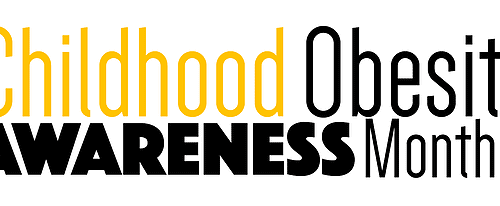
September: National Sickle Cell Awareness Month
Congress has designated September as “National Sickle Cell Awareness Month” to help focus attention on the need for research and treatment of sickle cell disease
What is Sickle Cells Disease?
Currently affecting 70,000-100,000 Americans, sickle cell disease occurs when hemoglobin is abnormal, causing the red blood cells to take on a rigid “C” or sickle, shape.
Sickle cells can get stuck and block blood flow, causing pain and infections.
Complications of sickle cell disease are a result of sickle cells blocking blood flow to specific organs, and include:
- Stroke
- acute chest syndrome (a condition that lowers the level of oxygen in the blood)
- organ damage
- blindness.
* What is Hemoglobin? A protein carried by the body’s red blood cells that attaches to oxygen in the lungs and transports it to all parts of the body
Risk Factors
Sickle cell disease is more common in certain ethnic groups, including:
- People of African descent, including African-Americans (among whom 1 in 12 carries a sickle cell gene)
- Hispanic-Americans from Central and South America
- People of Middle Eastern, Asian, Indian, and Mediterranean descent
Signs and Symptoms
Signs and symptoms of sickle cell disease can be mild or severe enough to require frequent hospitalizations. They may include:
- Anemia (looking pale)
- Dark urine
- Yellow eyes
- Painful swelling of hands and feet
- Frequent pain episodes
- Stunted growth
- Stroke
Treatment:
There are no standard treatments that cure sickle cell disease. However, there are treatments that help people manage and live with the disease. Treatment relieves pain, prevents infections, minimizes organ damage, and controls complications.
Healthy bodies are beautiful bodies. Please take the time to be aware of the different issues that may affect you and make a conscious effort to prevent them. To learn more about federal sickle cell research opportunities, programs, and resources, visit the National Heart, Lung, and Blood Institute (NHLBI) website and the CDC website.
For more information about sickle cell disease, check out this video from Hematology.org




